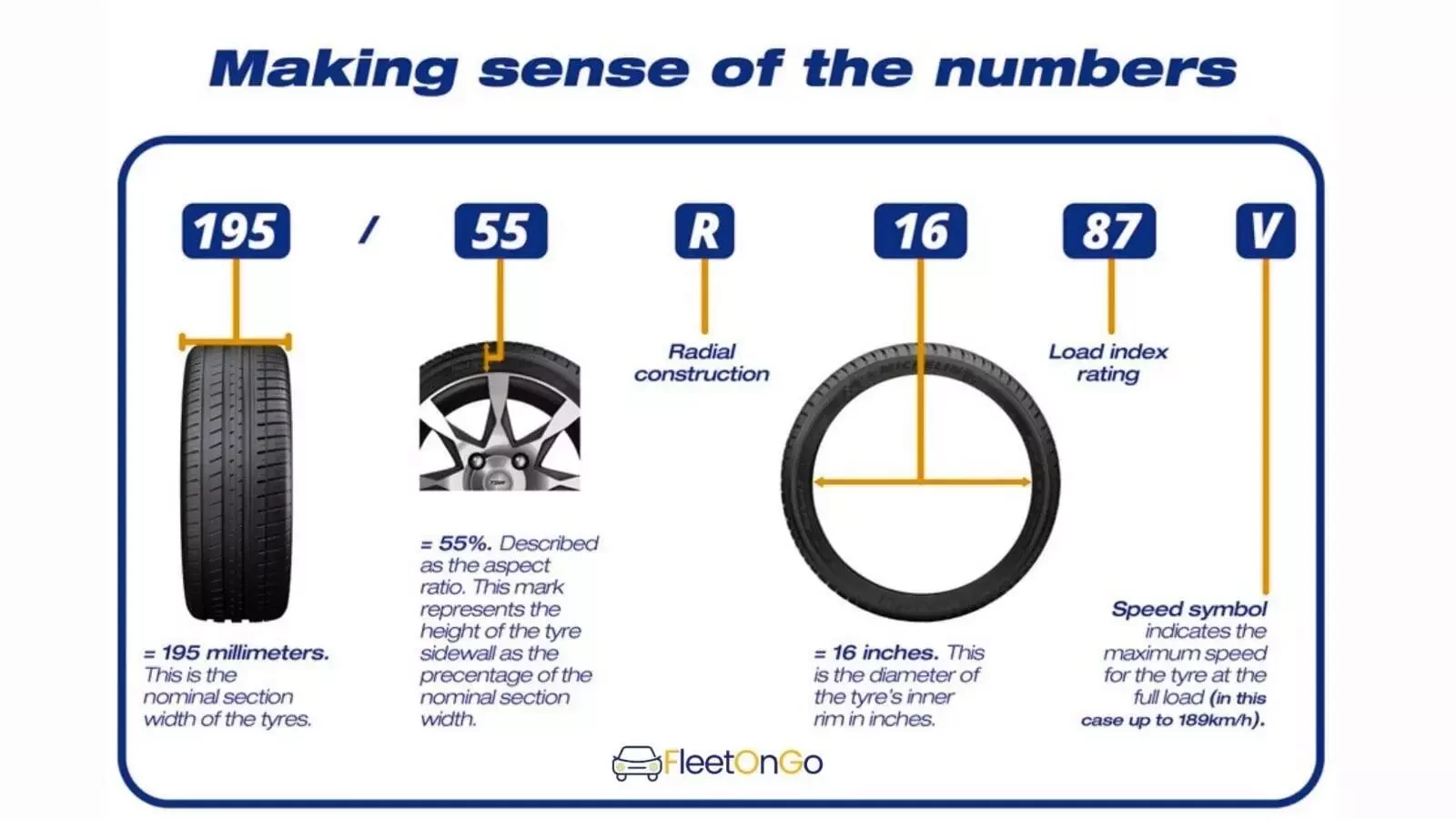When operating a commercial fleet, one of the most common questions that come up is whether it is okay to have varying sizes of tires on different axles of the same vehicle. The quick response is yes – but with significant provisos. Knowing when and how to use varying tire configurations can make an enormous difference in your fleet's efficiency, safety, and maintenance expenses.

The Reality of Mixed Tire Configurations
In the truck business, employing various tire sizes on various axles is not only popular but also the norm. As opposed to private vehicles where consistency is the requirement, business trucks are engineered with certain usage needs that can call for diverse tire setups on various axles.
This practice is absolutely legal and fine when executed within regulatory measures and manufacturer guidelines. The gimp is to know under which situations this flexibility is accommodated and under which it must be rigid uniformity.
When Different Tire Sizes Make Sense
Steering vs. Drive Axles: Optimized for Purpose
The most typical arrangement is various combinations between drive and steering axles. Steering axles (usually the front axle) are geared towards directional control, maneuverability, and drivetrain feedback. These tend to utilize tires with special tread patterns and are designed for steering response, and in some instances, have varying aspect ratios from drive axles.
Drive axles (typically rear axles) need optimal traction and load-holding ability. Tires used here tend to be wider with aggressive tread for power transmission and can be specially specified from steering tires to accommodate torque and weight transfer.
Tag and Lift Axles: Load-Specific Solutions
Multi-axle application vehicles such as heavy-duty trucks, tippers, and trailers commonly feature tag axles or lift axles. These additional axles are used for specific applications:
- Tag axles provide additional load support when needed
- Lift axles can be raised when not required, reducing tire wear and fuel consumption
Since these axles often carry lighter loads or operate intermittently, they may use smaller or different tire specifications compared to primary axles, resulting in cost savings without compromising performance.
Trailer Configurations: Independent Requirements
Semi-trailers and full trailers usually require completely different tire specifications than their towed vehicles. Trailers usually feature smaller, less expensive tires because they do not have to contend with engine torque or steering loads. This difference in size is common practice and optimizes both performance and operational cost.
Specialized Applications: Terrain-Driven Decisions
Construction equipment, mining trucks, and off-road commercial trucks often necessitate different tire sizes depending on:
- Conditions of terrain each axle will experience
- Load distribution demands
- Individual function of each axle to the operation of the vehicle
Key Rules and Limitations
Flexibility is offered, yet some basic principles must never be violated:
Same Axle Uniformity is Non-Negotiable
Never combine tire sizes on the same axle. Both tires on any one axle must match in size, load capacity, and ideally brand and model. Combing sizes on the same axle creates:
- Inconsistent load distribution
- Truncated braking performance
- Accelerated and inconsistent tire wear
- Potential safety risks
- Possible legal infraction
Rolling Radius Compatibility
Even where different tire sizes are utilised across axles, the rolling circumference (outer diameter) needs to be compatible. Large discrepancies in rolling radius can lead to:
- Drivetrain stress and possible damage
- Asymmetrical wear patterns
- Poorer fuel efficiency
- Handling issues
Best Practices for Fleet Managers
Axle-Specific Guidelines
Steering Axles: Can utilize alternative tires from other axles, which are usually tailored for control and handling. Both steering tires should be the same.
Drive Axles: Can be different from steering axles but should have the same tires on both sides of every drive axle. The additional stress from power transmission should be taken into consideration.
Tag/Lift Axles: Frequently employ smaller, cost-effective tires because of lower load demands. Use appropriate load ratings for application.
Trailer Axles: May vary widely from tractor units, with priorities for load capacity and strength over traction or steering.
Maintenance Considerations
When operating mixed tire applications:
- Keep thorough records of tire specifications for every position
- Adopt position-specific rotation schedules
- Inspect wear patterns more attentively
- Ensure the spare tires are compatible with the intended axle position
- Educate maintenance personnel regarding position-specific needs
Regulatory Compliance and Safety
Always make sure that any tire arrangement modifications are in accordance with:
- Local regulations for transportation
- Specifications from the vehicle manufacturer at the truck
- Load and speed ratings that make sense for your operation
- DOT regulations and inspection requirements
Making the Right Decision for Your Fleet
Choosing to utilize various tire sizes should be guided by:
1. Operational requirements - What needs to be done by each axle?
2. Cost factors - Can mixed configurations save on operating costs?
3. Performance requirements - Will various sizes enhance overall vehicle performance?
4. Compliance regulation - Are local regulations allowing the planned configuration?
Conclusion
The use of varying tire sizes between commercial vehicle axles not only being acceptable but, in many cases, preferable if done properly. The trick lies in knowing your own unique operational requirements, enforcing a strict uniformity per axle, and making sure all configurations comply with regulations and safety standards.
For the fleet managers, this flexibility will be a key area to maximize performance and minimize costs without compromising safety standards. It needs careful planning, correct documentation, and continued oversight of maintenance requirements.
At FleetOnGo, we recognize the nuances of commercial fleet management. Our fleet management solutions allow you to monitor tire specifications, maintenance schedules, and regulatory compliance on a vehicle-by-vehicle basis across your entire fleet. Get in touch to see how we can assist you with optimizing your tire management plan and overall fleet performance.
Struggling to manage your commercial fleet's tire strategy?
FleetOnGo's experienced team is at your service.
Contact us today or visit www.fleetongo.com for fleet management solutions.
Published by FleetOnGo - Your trusted commercial Vehicle Management Partner

